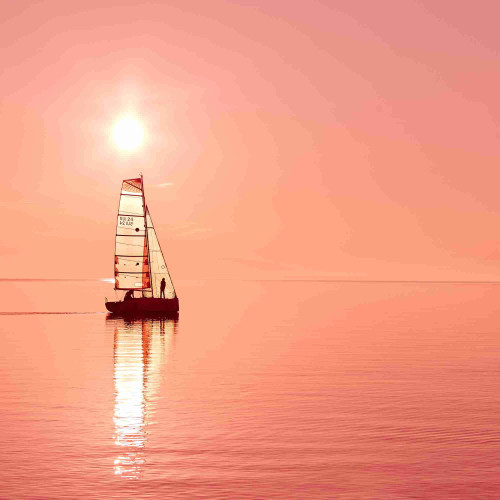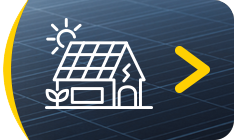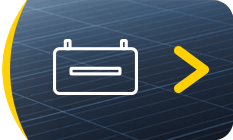- 23 Oct, 2017
- Solar Training

If you are planning a boating holiday, it might be a good idea to bring along solar panels... A great option for additional power supply!
The sun provides a significant and inexhaustible amount of energy. Installing solar panels on a boat allows you to generate extra energy during the season, to avoid running the engine or to meet the needs of large consumers like a refrigerator.
It is estimated that solar radiation produces more than 2 billion kWh. Much of this energy doesn't reach us but is reflected by the layers of the atmosphere. However, the radiation that does reach us (1 kWh/m²) is very significant and equals the average annual consumption of the entire planet in just one hour. The challenge lies in converting this into usable energy, and that's where solar panels come into play.
From Producer to Consumer
To convert solar radiation into usable energy, silicon cells are used in panels. Three technologies are employed: monocrystalline, polycrystalline, and amorphous. The first two have the best efficiencies (15 to 20%), while amorphous does not exceed 5 to 7%. In summary, after conversion and considering efficiency, theoretical values range from 50 to 200 Watt/m² depending on the technology.
Correct Interpretation of Values
Panel manufacturers consider several criteria to determine power, with the three main ones being tilt, time, and solar radiation. The specified power at 13.5 volts is measured at noon under the sun, with the panel perpendicular to the rays, clear sky, without mist or shadow—conditions rarely met on a boat.
What to Expect on a Boat?
This depends on the installation. Ideally, the panel should be perpendicular to the sun. At a 45° angle, efficiency decreases by 40 to 50% and is minimal when flat. Another efficiency criterion is the navigation zone. Good results are achieved in regions with high sun and a high sun angle. Results vary in regions where the sun is low in winter. Practically, the panel should be optimally aligned, without shadows (e.g., from stays, rigging, sails).
The Ideal Installation
There is no perfect installation on a boat. Compromises are necessary. Boat owners' creativity in installation is often extensive—from flat deck-mounted panels to fixed, swivel, or removable variants, and installations on stays or sails. The most efficient solution often involves an adjustable installation, like on a mast or frame. Flat deck mounting should be avoided unless installing a large panel area (on a catamaran) or for travels in sunny regions. Ideally, maximum efficiency is about 60%, equivalent to 60 watts (4.5 amps at 13.5 volts) for a 100-watt panel. With an average sunlight duration of 5 hours per day, this translates to approximately 20 to 22 amps in the best-case scenario for a high-quality model.











